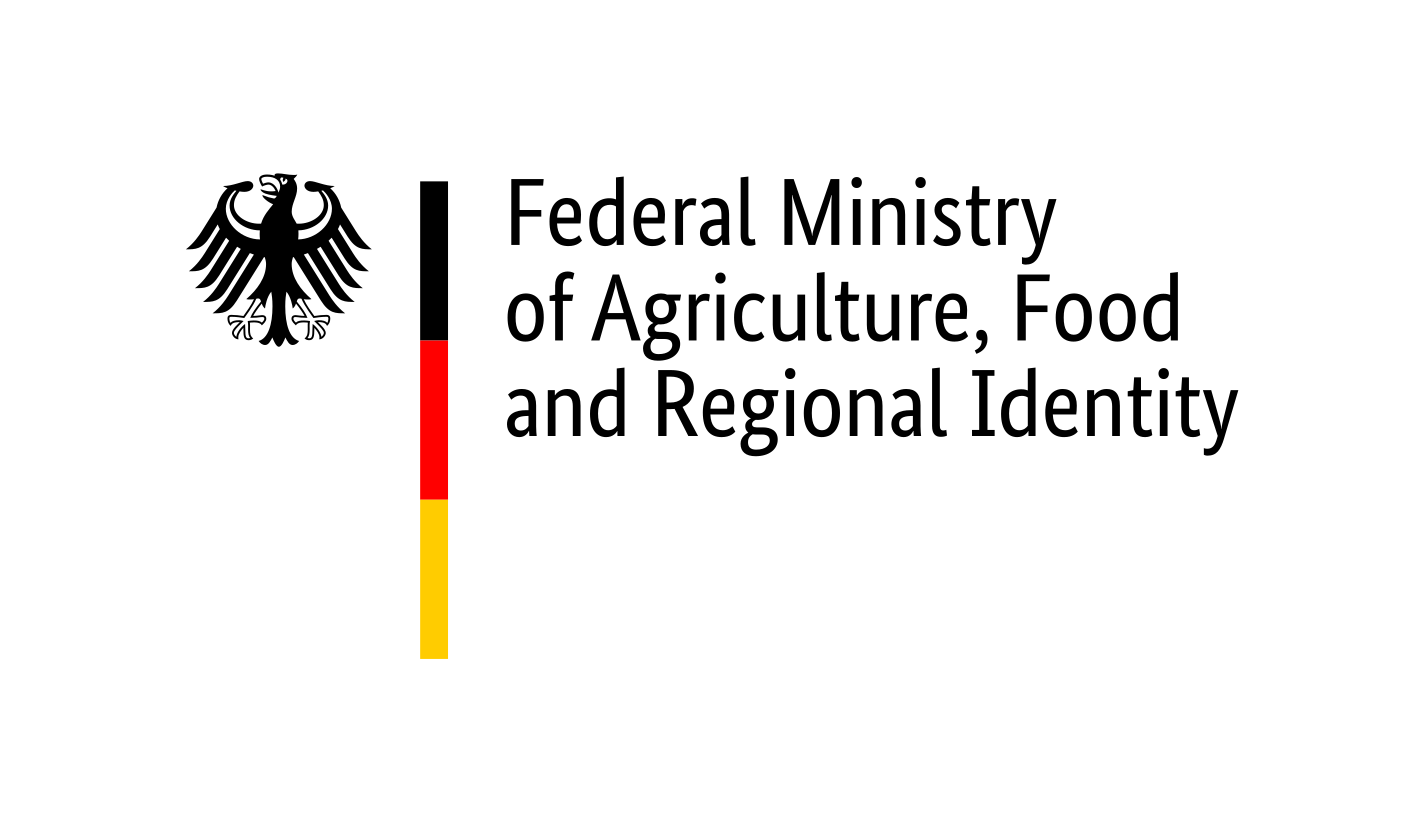

In the "Arable weed monitoring" we focus on the spontaneous vegetation on arable land in Germany. Arable land forms the largest part of agricultural land, but usually shows a low floristic diversity, especially under intensive management. Arable weeds are of particular importance in the agro-ecosystem as they provide food and habitat for many insect species (e.g. pollinators).
As no national and long-term monitoring of weed vegetation on arable land has been carried out in Germany so far, no statement can be made about the development and trend of diversity of arable weeds. However, this is an essential prerequisite for describing the state and development of biodiversity in agricultural areas, especially against the background of changing management conditions. For this reason, we have developed a concept for a national monitoring of arable weeds.
The concept includes the sample size required for national monitoring (number of crop fields) and the description of two practicable approaches for sample site selection. Likewise, a method for recording weed diversity on arable land was developed and an approach for processing and securely publishing the data to be collected was outlined. The annual costs for implementing the monitoring were also estimated.
In 2022 and 2023, the practical implementation of the concept will be tested on over 50 fields in Lower Saxony and Brandenburg. An exemplary analysis of the collected data will conclude the test. With the experience gained from two years of testing, the concept will be revised and finalised for possible national implementation.
Lena Ulber
Julius Kühn-Institute for Plant Protection in Field Crops and Grassland
lena.ulber(at)julius-kuehn(dot)de
Christoph von Redwitz
Julius Kühn-Institute for Plant Protection in Field Crops and Grassland
christoph.redwitz(at)julius-kuehn(dot)de